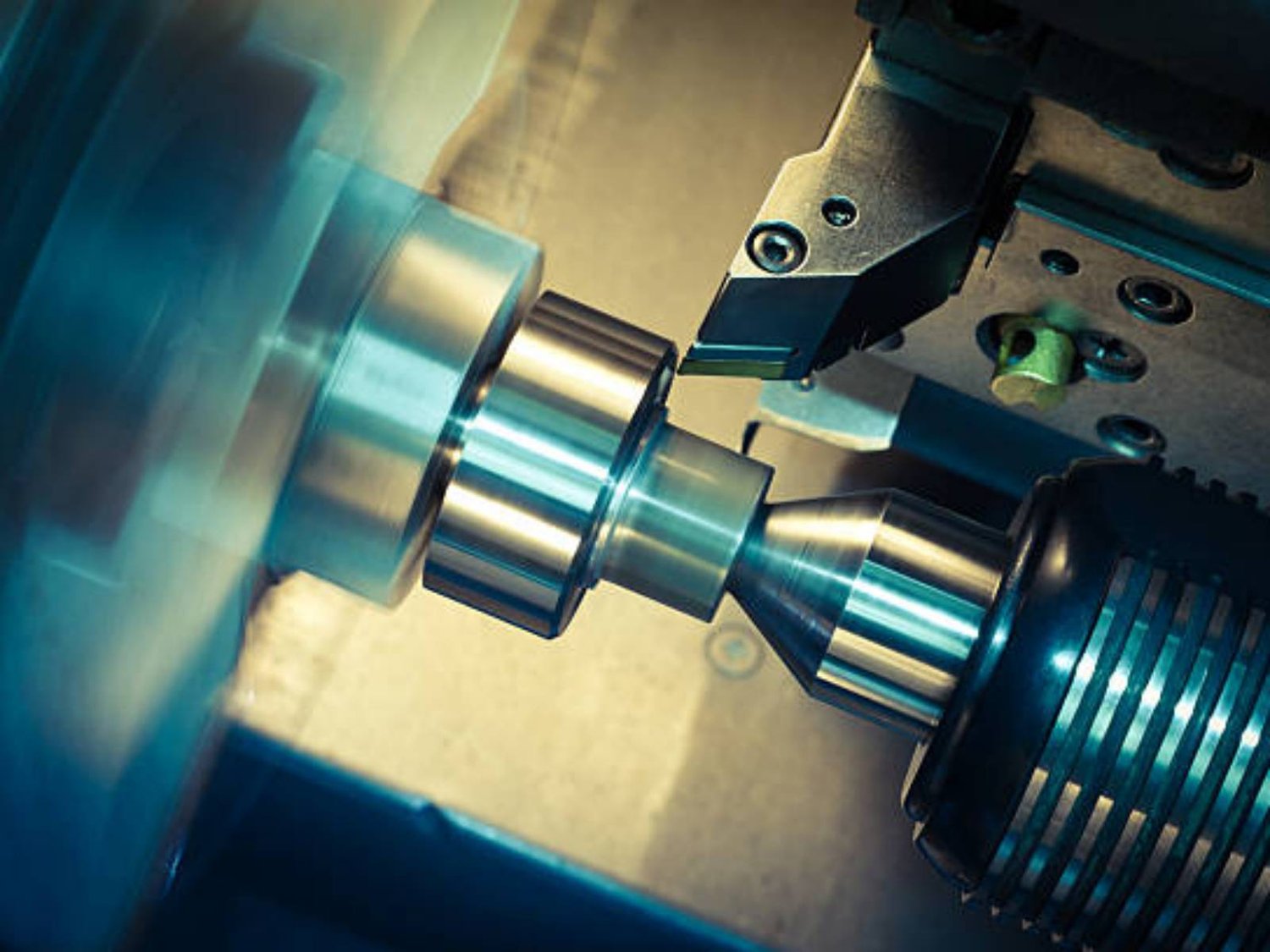Conventional Components Machining: The Key to Precision Manufacturing
Conventional components machining is a fundamental process in the world of precision manufacturing. From aerospace to automotive industries, this technique plays a pivotal role in creating intricate and high-quality components. In this article, we will explore the various aspects of conventional components machining and its significance in modern manufacturing processes.
The Basics of Conventional Components Machining
Conventional components machining, also known as traditional machining, involves the use of mechanical tools to shape and form raw materials into precise components. This technique utilizes a range of cutting tools, such as lathes, milling machines, drills, and grinders, to remove excess material and achieve the desired shape and dimensions.
One of the primary advantages of conventional components machining is its versatility. It can be used to fabricate components from various materials, including metals, plastics, and composites. This flexibility allows manufacturers to create parts that meet specific requirements and industry standards.
The Role of Precision in Conventional Components Machining
Precision is crucial in conventional components machining as it ensures the accuracy and quality of the final product. Manufacturers employ innovative machining techniques and cutting-edge tools to achieve the desired levels of precision. These techniques include computer numerical control (CNC) machining, which enables precise control over the machining process.
By achieving high precision in conventional components machining, manufacturers can produce components with tight tolerances that fit together seamlessly. This is particularly important in industries such as aerospace, where even the tiniest deviation can have severe consequences.
Applications of Conventional Components Machining
The applications of conventional components machining are vast and span across various industries. Let's explore some of the key sectors where this technique is employed:
Aerospace
In the aerospace industry, precision and reliability are of utmost importance. Conventional components machining is used to manufacture critical components such as turbine blades, engine parts, and landing gear components. The ability to produce complex geometries with high precision ensures the safe and efficient operation of aircraft.
Automotive
Conventional components machining plays a significant role in the automotive industry, where it is used to fabricate engine parts, transmission components, and braking systems. The high precision achieved through this technique ensures optimal performance, durability, and safety of vehicles.
Medical
In the medical field, conventional components machining is employed to create intricate and custom-made medical devices, implants, and surgical instruments. The precision offered by this technique is critical in ensuring the functionality and compatibility of these components with the human body.
Energy
In the energy sector, conventional components machining is utilized in the production of components for power generation, including turbines, generators, and transmission systems. The ability to create components with exceptional precision and durability ensures the efficient and reliable operation of energy infrastructure.
The Advantages of Conventional Components Machining
Conventional components machining offers several advantages that make it a preferred choice for many manufacturers. Let's explore some of these benefits:
High Precision
Conventional components machining allows for the production of components with high precision and tight tolerances. This ensures the accuracy and functional performance of the final product.
Flexibility
With conventional components machining, manufacturers have the flexibility to work with a wide range of materials, including metals, plastics, and composites. This versatility enables the production of components for diverse applications.
Cost-Effectiveness
Despite the availability of advanced manufacturing techniques, conventional components machining remains a cost-effective option for many manufacturers. It offers a balance between precision and affordability, making it suitable for both small-scale and large-scale production.
Proven Reliability
Conventional components machining has been used for decades and has proven its reliability in various industries. Manufacturers can rely on this technique to produce high-quality components that meet stringent industry standards.
The Future of Conventional Components Machining
While advanced manufacturing technologies such as additive manufacturing (3D printing) are gaining popularity, conventional components machining continues to play a vital role in precision manufacturing. With ongoing advancements in tooling, automation, and software integration, this technique is evolving to meet the increasing demands of modern industries.
As industries continue to push the boundaries of innovation, conventional components machining will remain a cornerstone of precision manufacturing, ensuring the creation of high-quality components that drive technological advancements.

